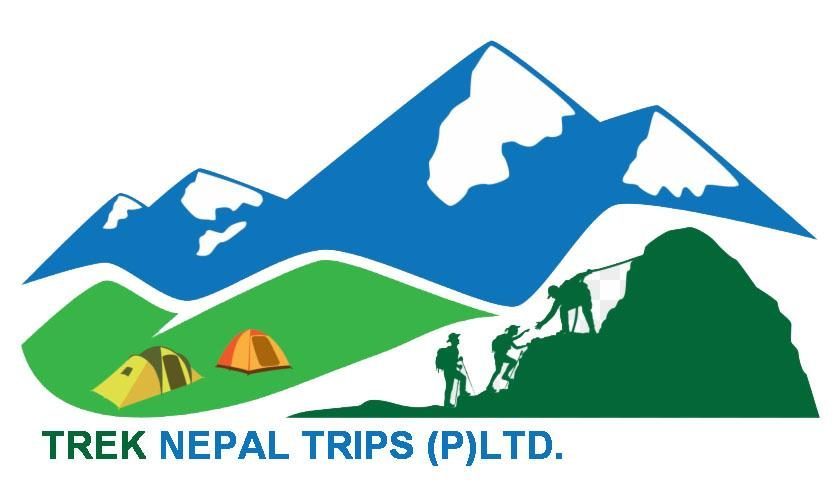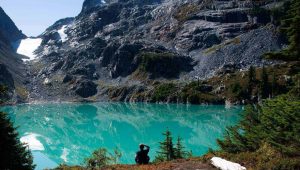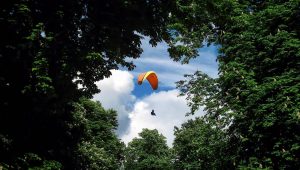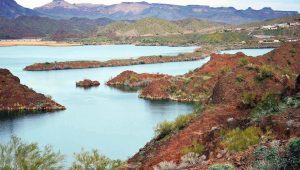Influenced by the Langtang Himalayas, the valley trek is relatively short but one that runs through rhododendron and bamboo forests alongside thundering waterfalls and stunning snow-capped mountains.
Overview
About the trek:
In spite of the fact that the Langtang Valley can be reached by a day’s drive from the Kathmandu valley, this area is still unknown to most trekkers. spell many people recognize the names Everest Base Camp Trek, Annapurna Circuit, and Annapurna Base Camp Trek, but few recognize the name Langtang Valley Trek as any other.
Influenced by the Langtang Himalayas, the valley trek is relatively short but one that runs through rhododendron and bamboo forests alongside thundering waterfalls and stunning snow-capped mountains. The trail takes you to an altitude of 4,000 meters, and if you want to go higher, you do not want to miss seeing the sunrise from the Tserko RI at 5,000 m. This diverse trek introduces you to the Tamang and Sherpa’s Buddhist culture, and the ancient
monastery of Kyanjin Gompa, situated near Tserko, upholds this tradition. The spectacular views on this trek include Dorje Lakpa (6,990m or 22,933 ft), Langtang Ri (6,370m or 20,898 ft), and Langtang Lirung (7,245m or 23,769 ft). The trek passes
through all of the Langtang National Park, and pristine countryside with majestic flora and fauna, yak pastures, and local cheese factories! Domesticated regions include Himalayan pheasants, Himalayan deer, Himalayan bears, monkeys, and the elusive red
panda.
Langtang Village was completely destroyed during the April 2015 earthquake. The strong locals have been busy reconstructing. Tea houses and lodges have been
reconstructed and are open. The perfect way for people to help us continue visiting the area. A perfect trek for those who want to trek this unconventional track and see something completely different from many of the more touristy areas in the country. Likewise, it is the perfect introduction for discovering Nepal in front of the world.
Highlights:
-Pass through stunning forests, high alpine meadows, and yak pastures.
-Enjoy panoramic views across vast open valleys at the end of the trek.
-Support for people rebuilding their lives and livelihoods after the earthquake
-Incredible mountain views of the Langtang Himalayas, valley and across to Tibet
from Kyanjin Ri.
Best time for the trek:
The perfect season or time for trekking in the Langtang region varies; each season has its own pros and cons. Autumn and spring are the most famous trekking seasons of all. Autumn starts in untimely September and ends in late November. The weather is normally good and calm, with a clear sky most of the time season. Similarly, March, April, and May are spring months when the weather is similar to autumn, at least in terms of clearness. As spring starts, the days start to get warmer than in other seasons. The trees start growing new leaves and wildflowers bloom, which is an amazing and perfect process to observe. Winter and summer are considered less favorable, as the
winter days are unbearably cold, and the summer comes with heavy rainfall. It is extremely hard to trek in the higher regions due to episodes of snowfall and blizzards in winter. Though summer is proper preparation to cope with rainfall, so guides can pursue
the Langtang Helambu Trek.
At Trek Nepal Trips, we are committed to making your trek the best experience you will ever have. If you are interested in joining the Langtang valley Trek, contact us and we will take care of everything for you. Please note that these trips are completely customizable according to your preference. The itinerary is only for reference.




